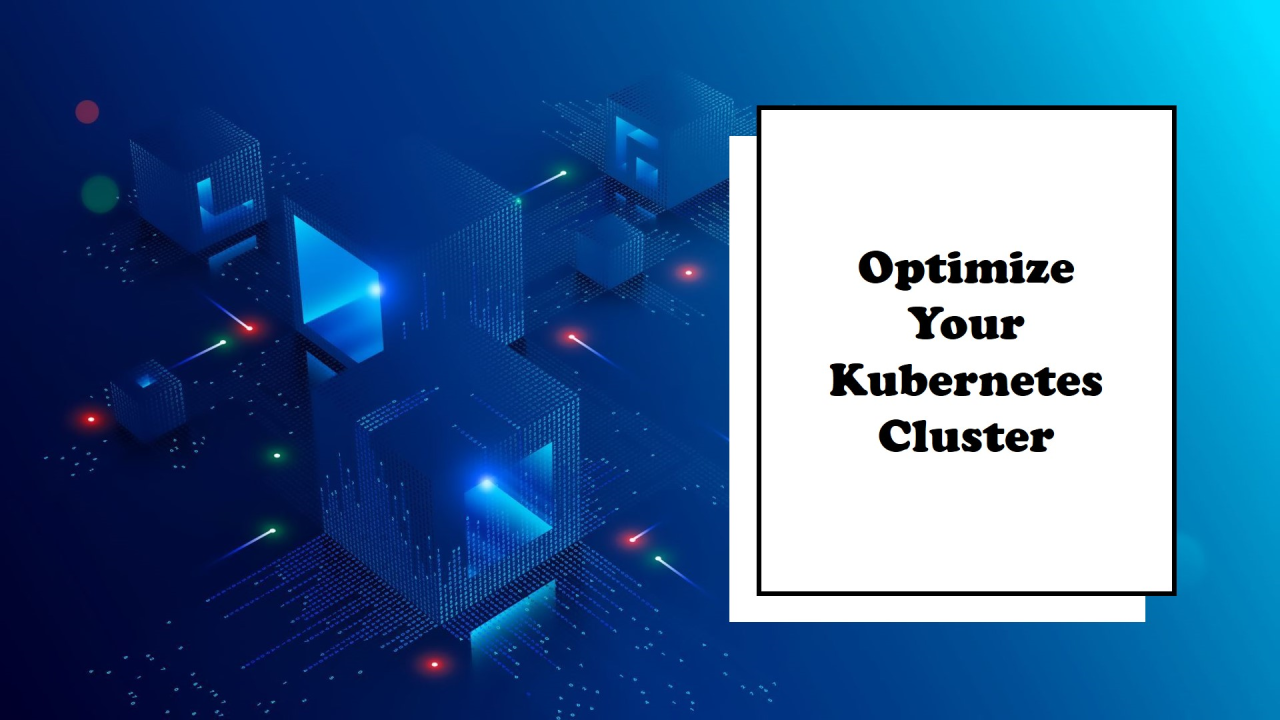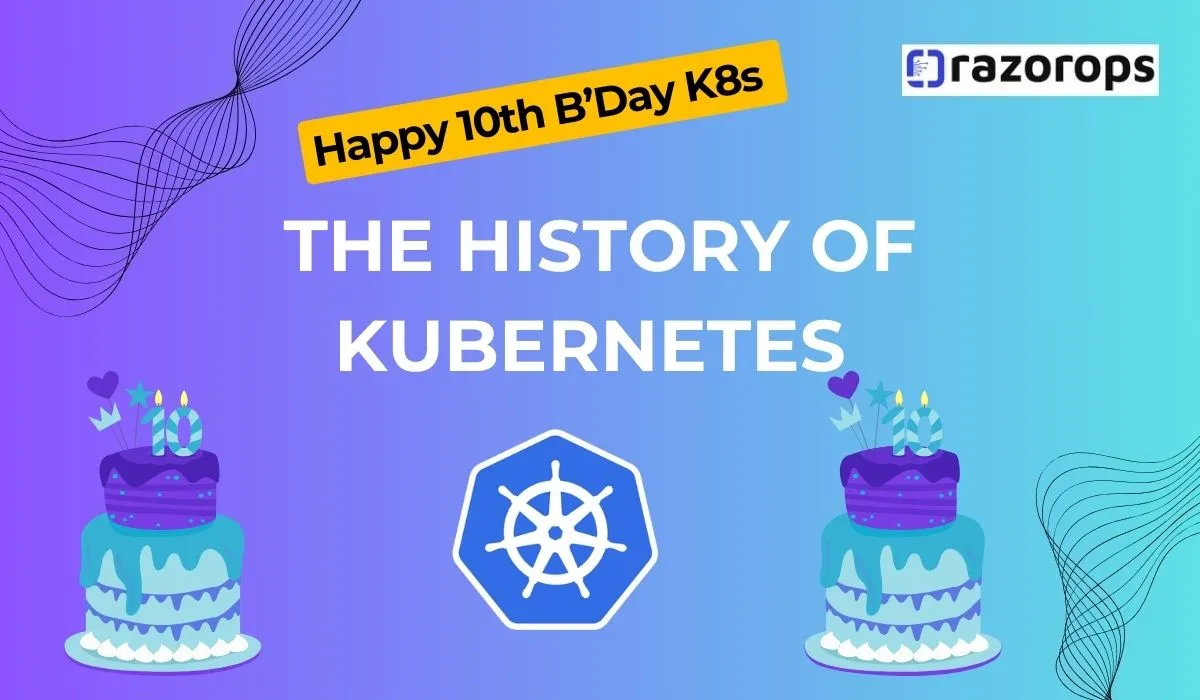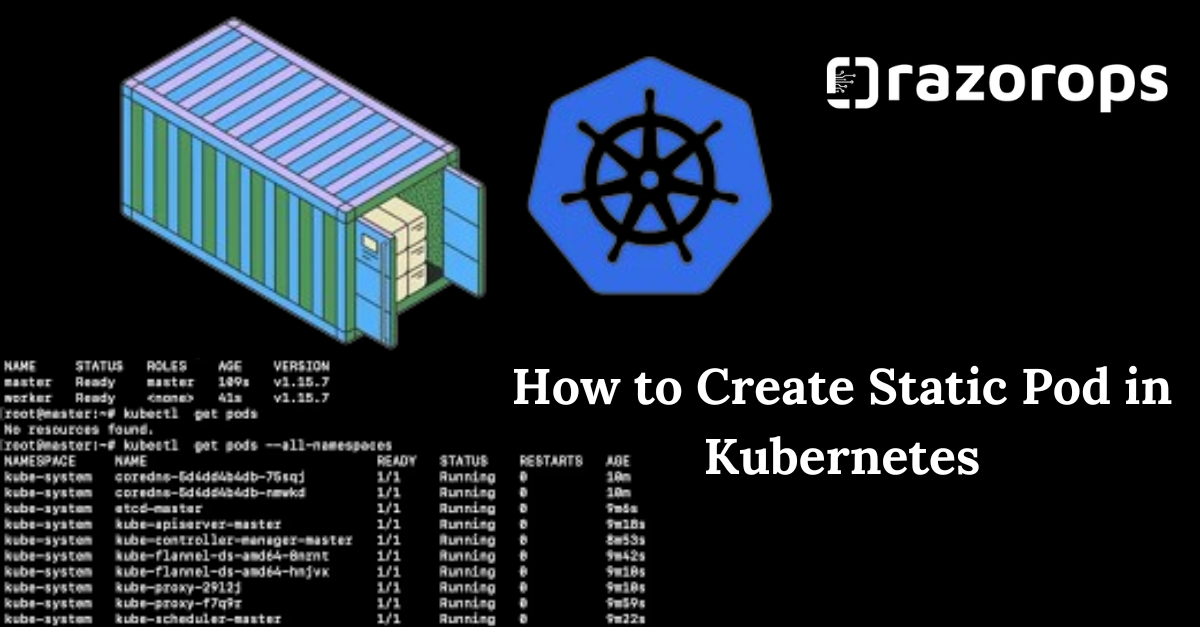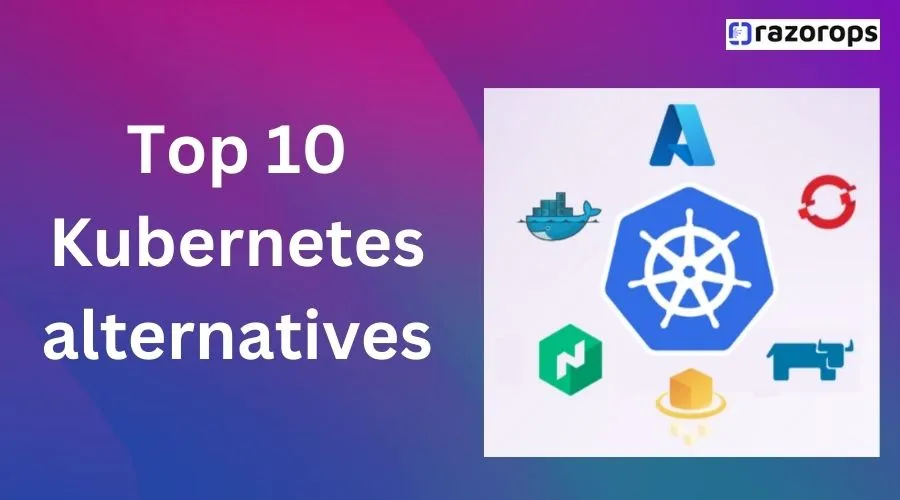Conceptual Pillars Of Kubernetes
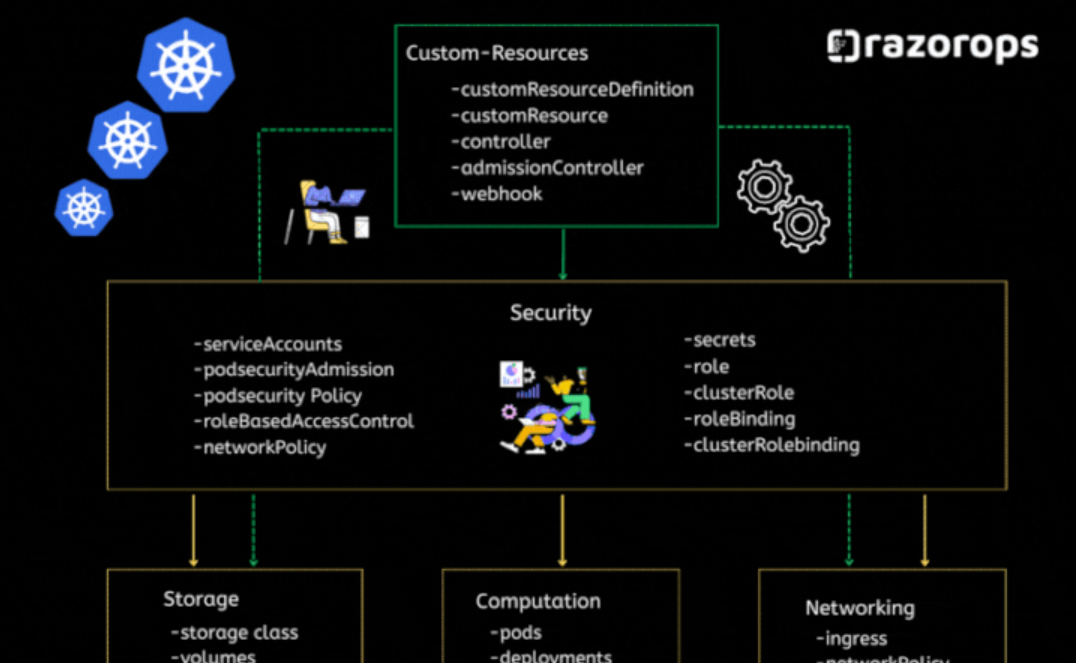
Kubernetes, often abbreviated as K8s, is a powerful container orchestration platform that has revolutionized the way modern applications are developed, deployed, and managed. At its core, Kubernetes relies on several conceptual pillars that form the foundation of its design and functionality. Let’s delve into these fundamental principles that underpin Kubernetes:
Understanding the Conceptual Pillars of Kubernetes
Kubernetes, often abbreviated as K8s, has revolutionized the way modern applications are deployed, managed, and scaled. At its core, Kubernetes embodies several conceptual pillars that form the foundation of its architecture and functionality. These pillars are instrumental in comprehending the philosophy and structure behind this powerful container orchestration platform.
1. Container Orchestration
At its heart, Kubernetes is a container orchestrator. It efficiently manages containers—encapsulated units of software that package an application and its dependencies—to streamline deployment and scalability. Kubernetes abstracts the underlying infrastructure, allowing for seamless deployment and management of containers across a cluster of machines.
2. Declarative Configuration
Kubernetes operates on a declarative model, where users specify the desired state of their applications and infrastructure. Instead of issuing direct commands to perform certain actions, users define the desired end state through configuration files (YAML or JSON manifests). Kubernetes then automatically handles the necessary steps to achieve and maintain that desired state, providing a more reliable and predictable system.
3. Scalability and Self-Healing
One of Kubernetes’ most compelling features is its ability to effortlessly scale applications based on demand. It allows horizontal scaling by replicating containers across nodes to handle increased traffic or workload. Furthermore, Kubernetes constantly monitors the health of applications and automatically replaces or restarts containers that fail, ensuring high availability and resilience.
4. Service Discovery and Load Balancing
Kubernetes simplifies service discovery within a cluster. Services are defined and assigned labels, allowing other components to easily discover and communicate with them. Additionally, it provides built-in load balancing, evenly distributing network traffic among replicated instances of an application, enhancing performance and reliability.
5. Resource Abstraction
Kubernetes abstracts underlying compute, storage, and networking resources, providing a unified API to interact with diverse infrastructure. This abstraction shields developers and operators from the complexities of managing individual resources and enables portability across various environments, be it on-premises, public, or hybrid cloud setups.
6. Immutable Infrastructure
The concept of immutable infrastructure is central to Kubernetes. Instead of modifying existing resources, Kubernetes promotes the creation of new instances or updates to achieve the desired state. This approach minimizes configuration drift, improves reliability, and simplifies rollback strategies.
7. Extensibility and Ecosystem
Kubernetes boasts a rich ecosystem and an extensible architecture. Its modular design allows for the integration of additional functionalities through custom resources, operators, and plugins. This extensibility empowers users to tailor Kubernetes to their specific requirements and integrate with various third-party tools seamlessly.
The Impact and Future of Kubernetes
The conceptual pillars of Kubernetes have revolutionized the way applications are developed, deployed, and managed. Its open-source nature, vibrant community, and adaptability have made it a linchpin of cloud-native computing. Moreover, its extensibility has led to the development of an ecosystem of tools and extensions, further enhancing its capabilities.
Understanding these conceptual pillars is crucial for harnessing the full potential of Kubernetes. These principles serve as guiding lights, empowering developers and administrators to build scalable, resilient, and efficient applications in today’s dynamic computing landscape. Follow RazorOps Linkedin Page Razorops, Inc.

